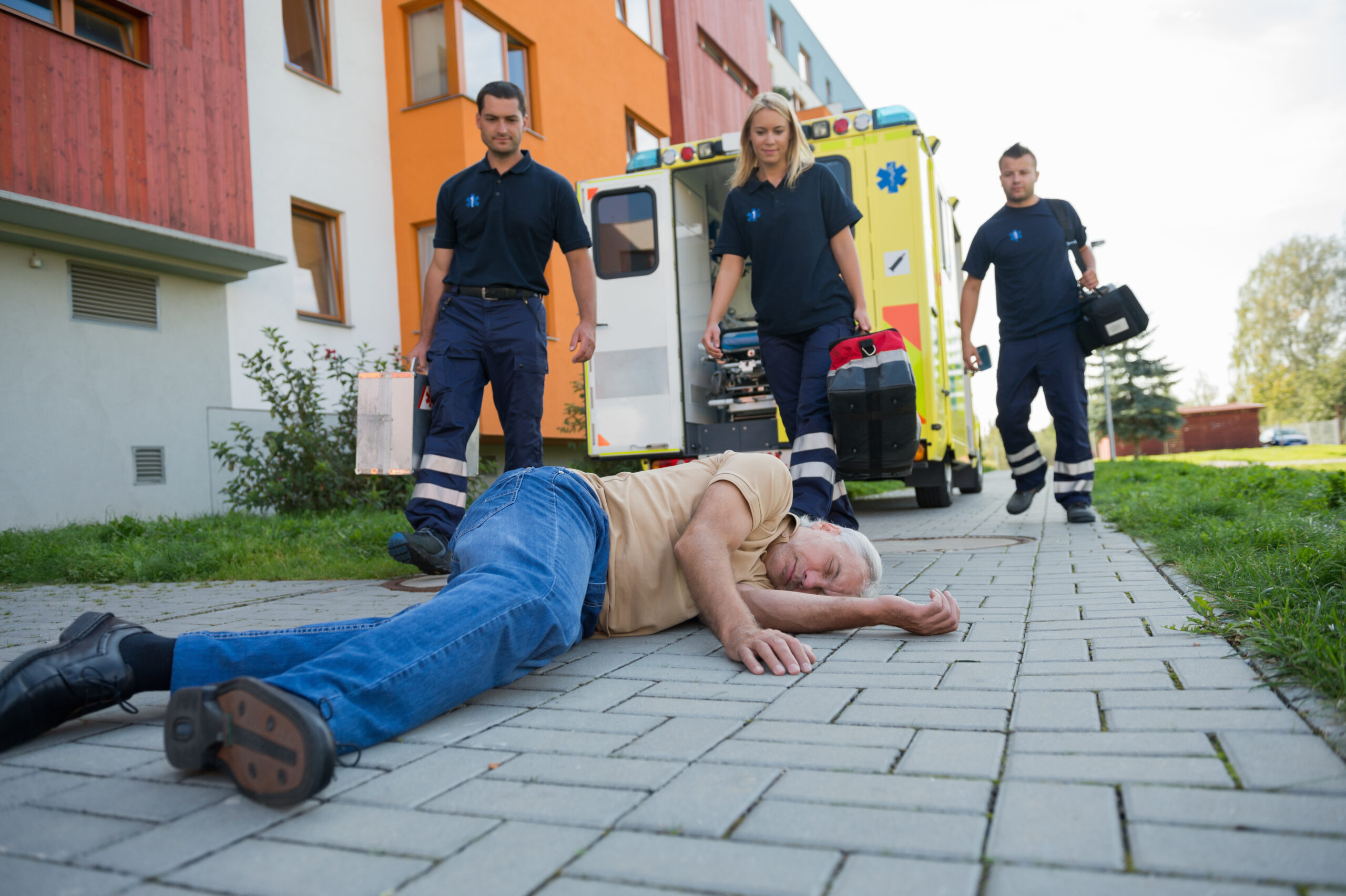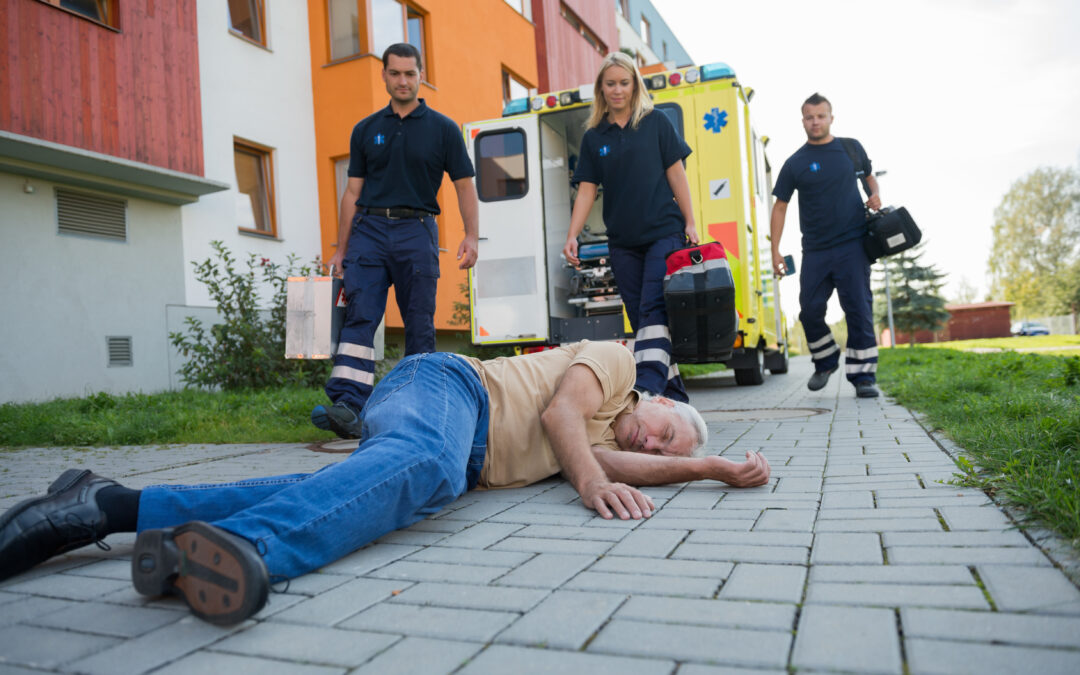In a world where natural and man-made disasters can occur without warning, being prepared is not just an option; it’s a necessity. From hurricanes and earthquakes to floods and wildfires, understanding the types of disasters that are likely to affect your area is the first step in ensuring safety for you and your loved ones. Begin by assessing your risks—check local hazard maps, consult community resources, and stay informed about historical incidents in your region. Knowing what could happen allows you to tailor your preparedness efforts effectively.
Once you’ve identified potential threats, it’s time to create a comprehensive emergency plan. This blueprint should outline escape routes, meeting places, and communication strategies for family members. Assign roles based on individual capabilities; children can handle small pets while adults manage important documents or supplies. Make sure everyone knows the plan inside out—practice makes perfect! Consider including contingencies for various scenarios; flexibility in your plan will help adapt to unforeseen circumstances.

Next up is building your disaster supply kit—a crucial element that could make all the difference during a crisis. Essentials to include are non-perishable food items, water (one gallon per person per day), first aid supplies, batteries, flashlights, and essential medications. Don’t forget personal hygiene items and necessary documents like IDs or insurance papers stored in waterproof bags. Tailor this kit based on family needs; if you have pets, include their food and supplies as well. Regularly check expiration dates and replenish items as needed to ensure everything remains usable when an emergency strikes.
Staying informed is paramount during any disaster situation. Reliable communication can be a lifesaver when chaos ensues. Equip yourself with multiple channels of information: download weather apps, subscribe to local alert systems, or tune into emergency radio broadcasts. Ensure all family members have charged cell phones and know how to use them effectively during crises. Establishing a communication tree can also be beneficial; this way, if one person can’t be reached directly, others can relay messages swiftly.
Preparing your home is another vital aspect of disaster readiness. Fortify structures against potential hazards by securing heavy furniture or appliances that could topple over during tremors or storms. Install smoke detectors in key areas of your home and check batteries regularly; they save lives! Create firebreaks in wildfire-prone areas by clearing flammable vegetation around the property too—small steps lead to significant impacts!
Finally, practicing your plan through drills ensures everyone feels confident when it matters most. Conduct regular training sessions where each family member plays their assigned role—simulate scenarios such as evacuating due to flooding or sheltering in place during severe weather alerts. These drills not only enhance readiness but also foster teamwork among family members.
Thank you for reading this post, don't forget to subscribe NOW for FREE!
In conclusion, effective disaster preparedness combines awareness of risks with actionable plans tailored specifically for you and your family’s needs. By taking these essential steps—understanding potential threats, formulating an emergency plan, assembling a supply kit, staying informed through reliable communication channels, safeguarding your home environment and engaging in practice drills—you’ll cultivate resilience amid uncertainty when disaster strikes! So get ready today because being prepared means peace of mind tomorrow!






